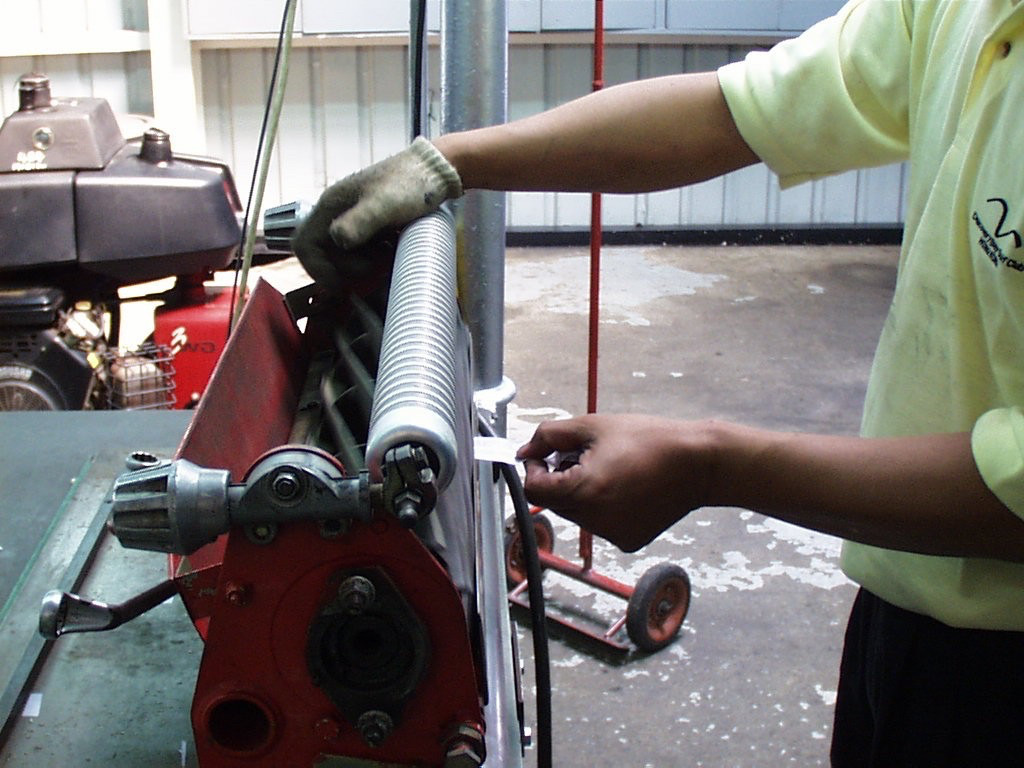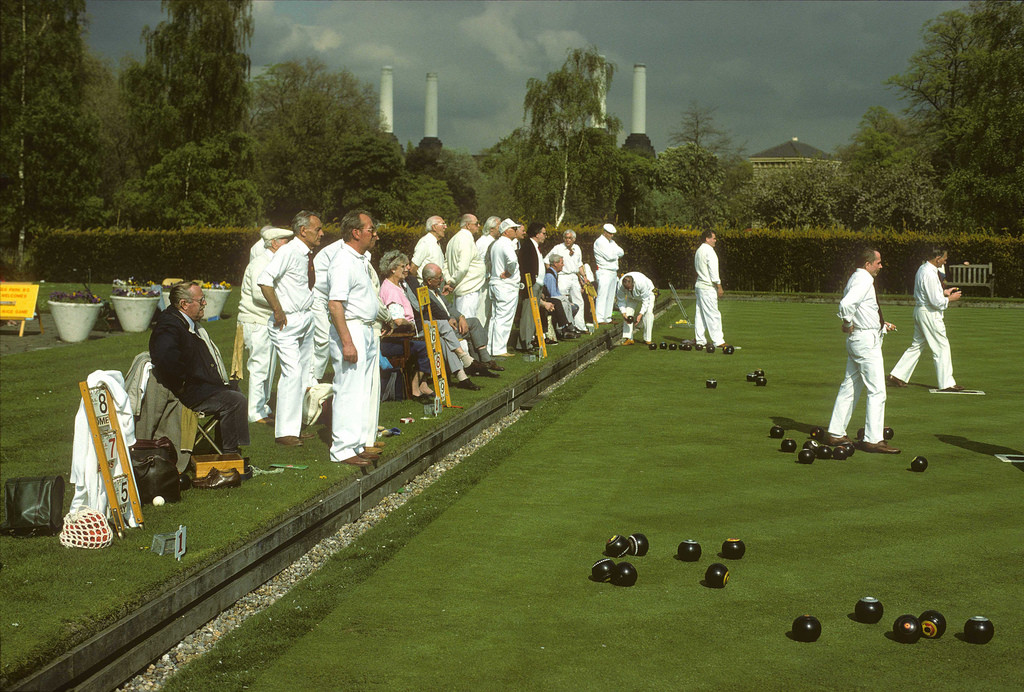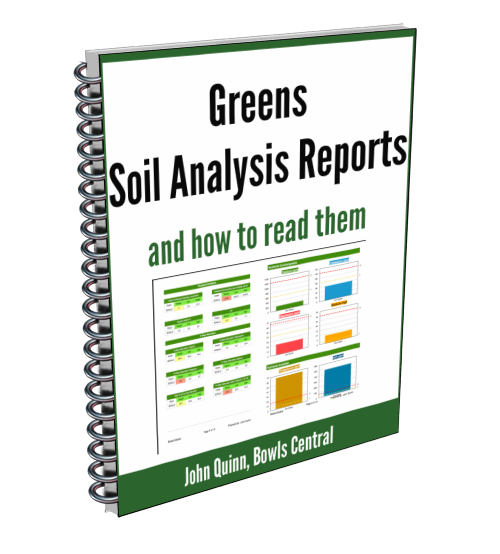Another popular subject this month has been Winter Mower Servicing and in particular what you should expect of your local service workshop.
There have been many tales of work not being done properly and overcharging for service. Here is the minimum that you should expect to be included in a quote for winter service:
- Full engine service including checking electrics, starting mechanism, new spark plug, all filters and oil change.
- Replace bottom blade (new blade ground-in first)
- Re-grind (not back lap) cylinder
- Check roller bearings and advise if worn (adjust if possible)
- Re-set cylinder to bottom blade clearance and check for even cut
- Re-set mowing height to that specified by club.
- Treat and touch up paint on any areas of rust
- Check and adjust clutch settings
- Check belts and replace if worn
- Check Groomer and re-set to height specified by club
- Check and adjust chain tensions
- Lubricate all points
- Free off and lubricate all adjustment mechanisms and check for proper operation
- Check all cables for wear and replace/re-adjust as required
This is a minimum list and your particular brand of mower might have further items that will need to be checked. Check the manufacturer’s handbook for details, or better still request a winter service checklist from your local dealer.
Now is the time to check that this has all been done properly, not when you are half way across the green with a broken down mower on opening day morning!



